My Account Details
ALEKS PPL empowers students to be prepared and successful in their proper math course, expediting their path to completion.
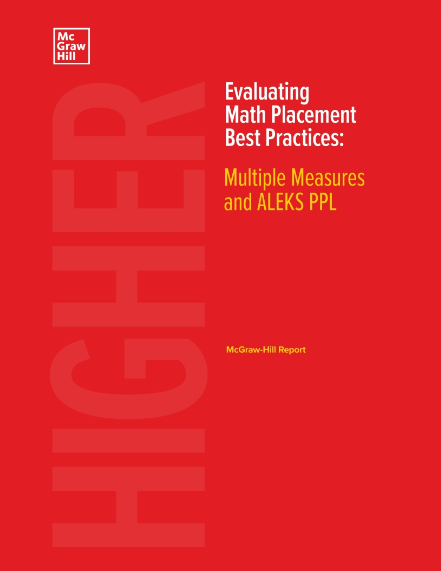
Evaluating Math Placement
Best Practices
A student’s path to graduation begin with accurate course placement. How can institutions design a math placement approach that supports student retention, promotes equity, and creates value? This whitepaper evaluates emerging placement initiatives and their effectiveness in expediting degree completion.

Efficacy and Case Studies
Iowa Central Community College
In the summer of 2014, Iowa Central Community College joined a statewide pilot project with the ALEKS Team to implement ALEKS PPL for math placement. Now, nearly a decade later, they continue to see success in this post-COVID landscape with a 70% pass rate in Calculus and a significant reduction of students in Developmental Math courses due to improved curriculum design.
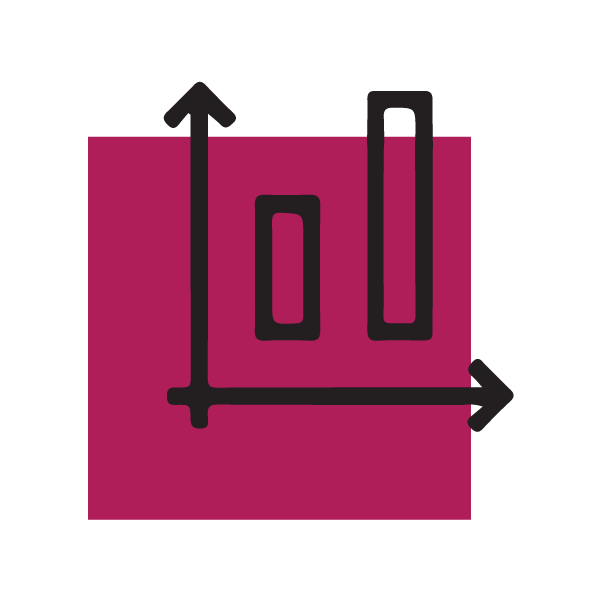
Waukesha County Technical College
Retention and student success are top priorities at WCTC. ALEKS PPL was initially implemented to ensure accurate placement, particularly in Calculus, but also helped reduce time spent in unnecessary prerequisite courses and accelerate time to graduation.

Utah Valley University
ALEKS PPL has saved students approximately $1,000,000 in tuition by helping them to skip math courses that would otherwise have impeded their academic track.
UVU uses ALEKS PPL for all students and also offers a guided placement preparation 1 credit hour course taught by full-time faculty.

Iowa Central Community College
Iowa Central increases STEM enrollments by 21% and also sees a correlation to overall course success rates with ALEKS PPL.
Prior to ALEKS PPL, College Algebra courses had a success rate of 34% and now with the accuracy of PPL, success rates are at 74%. Non-traditional students are also succeeding at higher rates.

University of Kentucky
The Prep and Learning Modules in ALEKS PPL help students accelerate their course sequence where only 11% of students need developmental math, compared to 20% prior.
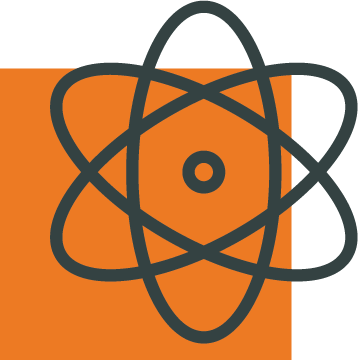
Harper College
Harper students using ALEKS PPL are 22.5% more likely to return next term.

Oklahoma State University
Overall DFW rates decrease by 15% after implementing PPL and by 10% for Calculus.
Oklahoma State has also used the diagnostics to inform which topics are critical to review in Calculus as well.
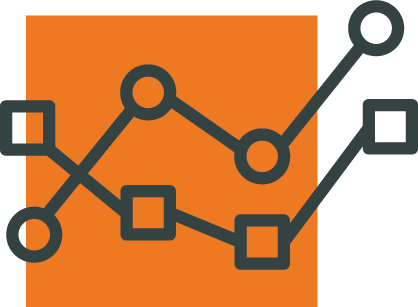
California State Univ - Long Beach
With ALEKS PPL, Early Start Math students save at least one semester of developmental math and increase throughput by 37.5%.
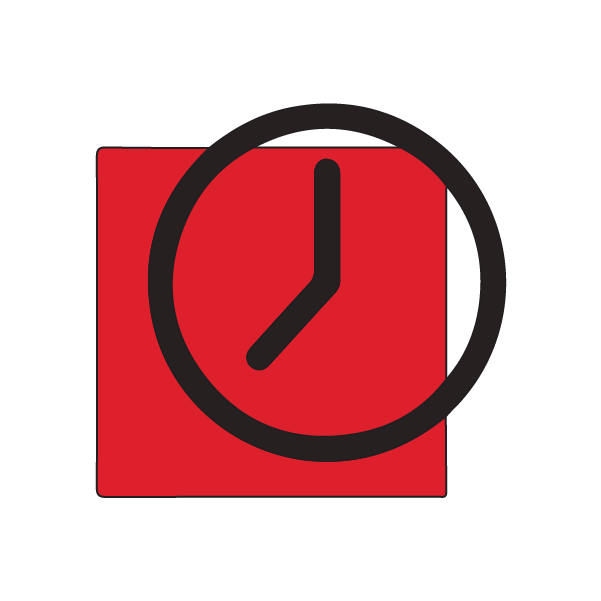
City College of San Francisco
In 2017, Latinx Summer Bridge students using PPL beat the average course success rate for new students and had a 12% increase in success rates compared to all Latinx students in Math.

Research and Efficacy
Independent research validates the mission of ALEKS PPL to improve student success in math and beyond.

